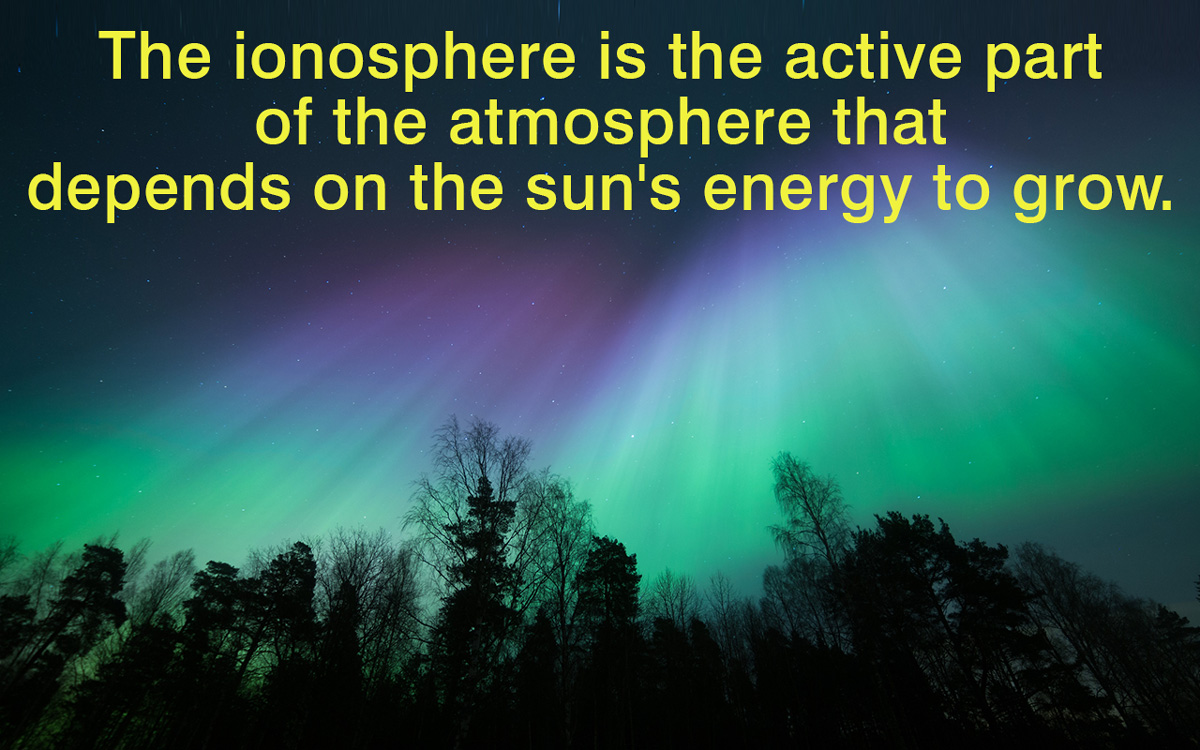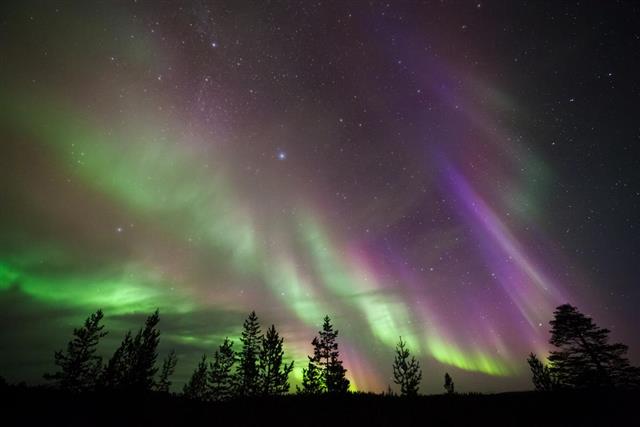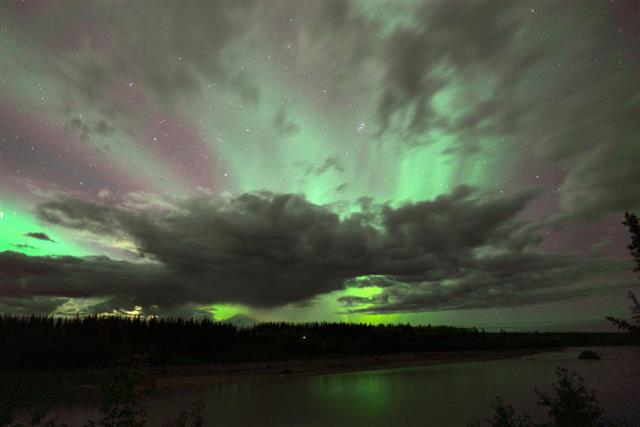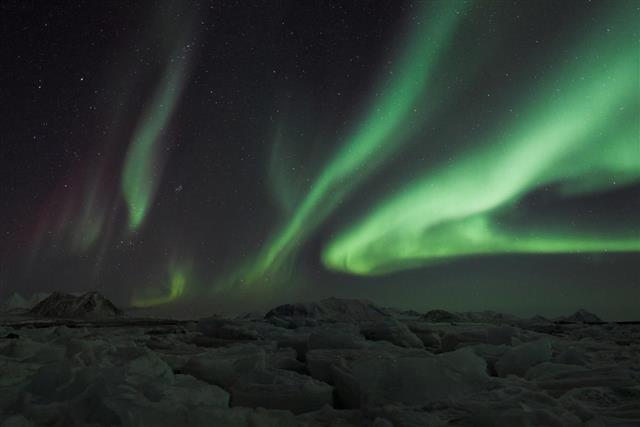
The ionosphere is one of the most interesting layers in the atmosphere, which plays a crucial role in modern-day communication and is responsible for various natural phenomena. This article presents some interesting ionosphere facts for you to read.
The Earth’s atmosphere consists of five primary layers, which lie subsequent to each other. These layers are the exosphere, thermosphere, mesosphere, stratosphere, and troposphere. Within these primary layers, the ionosphere occupies the space between the thermosphere and the exosphere, eventually merging with the magnetosphere.
The ionosphere is said to be responsible for lightning and propagation of radio waves. It is also responsible for ionizing the atmosphere by solar radiation. It is a 30-620 mile vertical stretch, which roughly overlaps the thermosphere and the exosphere. There are a lot of interesting facts about the ionosphere, and some of them are presented in the article below.
How is The Ionosphere Formed?
- The outer edge of the Earth’s atmosphere is subjected to extremely harsh solar radiation, which consists of a broad frequency spectrum.
- A neutral oxygen atom, under the effect of ultraviolet radiation, loses an electron and disintegrates into an ion.
- This positively-charged oxygen ion is highly unstable and agitated. These ions tend to attract the free electrons when they are at close proximity.
- The upper levels of this layer have lesser ions compared to the lower levels. Therefore, the process of ionization and recombination is greater at lower levels.
- This leads to the formation of this highly unstable layer of the Earth’s atmosphere.
Layers of the Ionosphere
- The ionosphere is sometimes not considered as an atmospheric layer, because it is just an extension of the thermosphere.
- One of the ionosphere facts is that it is made up of highly energetic particles called free electrons, which are the ionized form of ruptured molecules disintegrated by the highly intense solar rays.
- The temperature of the ionosphere can vary from -99.4º F to 440.6º F.
- The dissimilar wavelength absorption of solar rays by this layer culminates in its division into 3 distinct sub-layers called the D, E, and F layers.
The D Layer
- It is the lowest of the ionosphere layers, which absorbs the highest amount of harsh x-ray radiation.
- During the night, there is a minimal amount of ionization taking place. There is a high amount of energy dissipation because of rapid collisions of the ions.
- Ergo, high frequency radio waves are neither reflected nor absorbed properly because of the high agitation within this layer. So there is a significant loss of energy.
- But during the daytime, the layer’s density is greatly reduced. This layer plays a pivotal role in the appearance and disappearance of AM radio waves with the transition of day and night cycles.
The E Layer
- This layer lies immediately above the D layer.
- This layer can reflect frequencies ranging from 10-50 MHz.
- Its vertical magnitude is largely dependent on the amount of ionization and recombination of the ions, which significantly increase during the day. This increases the range of radio waves, which are reflected from this layer.
The F Layer
- This is the topmost layer covering a vertical stretch of around 186.5 miles.
- This layer mostly absorbs ultraviolet rays. It splits into two layers during the day. These are referred to as F1 and F2.
- This layer facilitates high frequency wave transmission.
Interesting Facts About the Ionosphere
- One of the most noted and interesting facts would be the formation of aurora. The aurora is an illusive natural phenomenon, which usually occurs near the Northern (Aurora Borealis) and Southern (Aurora Australis) Hemisphere.
- It is associated with a magnificent display of chromatic lights swirling in the northern and southern skies. They were considered to be indications of an approaching adversity or catastrophe in ancient Greek and Roman cultures.
- They occur in the ionosphere due to the exchange of photons from unstable nitrogen and oxygen atoms, destabilized by collision of the solar wind particles.
- It is also considered that auroras are the result of emission of atmospheric gases.
- What causes lightning could be a question which might intrigue us. Lightning is said to take place in the ionosphere.
- When liquid and ice particles clash with each other, they form massive electrical fields, dissipating an electric spark, which we refer to as lightning.
- The temperature inside a lightning bolt reaches around 50,000º C, which is even greater than the surface temperature of the sun!
There are many more such interesting ionosphere facts that explain more about this layer in the Earth’s atmosphere. Though we might not hear of this layer often, it remains a very important layer that helps mankind in numerous ways.


